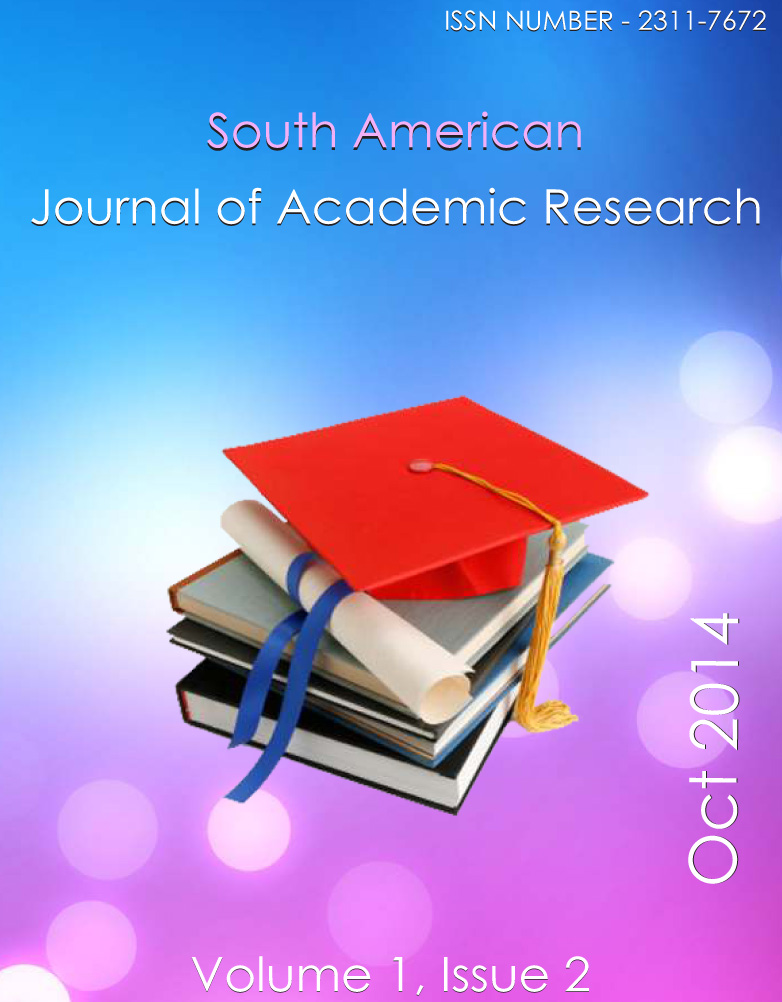References:
[1.]
Akguna. F, R.H Essenhigh, (2001) Self-ignition characteristics of
coal stockpiles: theoretical prediction from a two-dimensional unsteady-state
model, Fuel, Volume 80, Issue 3, February 2001, Pages 409–415.
[2.]
Banerjee. D, M Hirani & S.K Sanyal, (2000) Coal-quality
deterioration in a coal stack of a power station, Applied Energy, Volume 66,
Issue 3, July 2000, Pages 267–275.
[3.]
Baris. K, S. Kizgut, V. Didari, (2012) Low-temperature oxidation
of some Turkish coals, Fuel, Volume 93, March 2012, Pages 423–432.
[4.]
Beamish, B and Clarkson, F, (2006) Self-heating rates of Sydney
Basin coals – The emerging picture, in Proceedings of the 36th Sydney Basin
Symposium, pp 1-8, University of Wollongong
[5.]
Beamish, B and Hughes, R, (2009). Comparison of laboratory bulk
coal spontaneous combustion testing and site experience – A case study from
Spring Creek Mine, in Proceedings 9th Underground Coal Operator‟s Conference COAL
2009, Aziz, N. and Nemcik, J. (eds.), pp 287-295, The Australasian Institute of
Mining and Metallurgy, Melbourne.
[6.]
Beamish, B B and Arisoy, A, (2008)b. Effect of mineral matter on
coal self-heating rate, Fuel, 87:125- 130.
[7.]
Beamish, B B and Arisoy, A, (2008a). Effect of intrinsic coal
properties on self-heating rates, in Proceedings of the 12th US/North American
Mine Ventilation Symposium, pp 149-153, The Society of Mining, Metallurgy and
Exploration Inc., Littleton, USA.
[8.]
Beamish, B.B, (2005) Comparison of the R70 self-heating rate of
New Zealand and Australian coals to Suggate rank parameter, International
Journal of Coal Geology, 64(1-2):139-144
[9.]
Beamish, B.B., Hamilton, G.R., (2005) Effect of Moisture Content
on the R70 Self-heating Rate of Callide Coal, International Journal of Coal
Geology 64: 133– 138, http://dx.doi.org/10.1016/j.coal.2005.03.011].
[10.]
Bhat, S and Agarwal, P, (1996). The effect of moisture
condensation on the spontaneous susceptibility of coal, Fuel, 75:1523-1532.
[11.]
Bhattacharyya, K K, (1971). The role of desorption of moisture
from coal in its spontaneous heating, Fuel, 51:214-220.
[12.]
Bhattacharyya, K K, (1972). The role of sorption of water vapour
in the spontaneous heating of coal, Fuel, 50:367-380.
[13.]
Clemens, A. H., and Matheson, T.W., (1996), The Role of Moisture
in the Self-heating of Low-Rank Coals, Fuel 75: 891-895,
http://dx.doi.org/10.1016/0016-2361(96)00010-5
[14.]
Cliff. D, F. Clarkson, R. Davis, T. Bennett, (2000) The
implication of large scale tests for the detection and monitoring of
spontaneous combustion in underground coal, Queensland Mining Industry Health
and Safety Conference, Queensland, Australia, August 2000, pp. 27–30.;
[15.]
Curran. K. J, G. Dropp and K. N. Irvine, (2002) Hydrology of
stockpiled industrial coal exposed to rainfall, Hvdro. Process. 16. 2781-2790.
[16.]
Ejlali. A, S.M. Aminossadati, K. Hooman, B.B. Beamish, (2009) A
new criterion to design reactive coal stockpiles, International Communications
in Heat and Mass Transfer 36 (2009) 669–673.
[17.]
Kim. C. J, C.H. Sohn; (2012) A novel method to suppress spontaneous
ignition of coal stockpiles in a coal storage yard, Fuel Processing Technology
100 (2012) 73–83.
[18.]
Kim. J. H, (2004) the final report for prevention experiment of
spontaneous combustion in sub-bituminous coal stockpiles, Korea East–West Power
Corporation, Dangjin Thermoelectric Power Headquarters, 2004.
[19.]
Krishnaswamy. S, Pradeep K. Agarwal, Robert D. Gunn, (1996)
Low-temperature oxidation of coal. 3. Modelling spontaneous combustion in coal
stockpiles, Fuel Volume 75, Issue 3, February 1996, Pages 353–362.
[20.]
Küçüka. A, Y. Kadıoğlub, M.Ş. Gülaboğluc, (2003) A study of
spontaneous combustion characteristics of a Turkish lignite: particle size,
moisture of coal, humidity of air, Combustion and Flame Volume 133, Issue 3,
May 2003, Pages 255–261.
[21.]
Küçüka. A, Y. Kadıoğlub, M.Ş. Gülaboğluc, (2003) A study of
spontaneous combustion characteristics of a Turkish lignite: particle size,
moisture of coal, humidity of air, Combustion and Flame Volume 133, Issue 3,
May 2003, Pages 255–261.
[22.]
Majumder, A.S.; (2007); Handbook of Industrial Drying, CRC Press.
[23.]
Merriam, N.W., (1998) “Upgrading -- Coal using Koppleman Series C
Process”, (Available online at: http://www.osti.gov/bridge/servlets/purl/293400
-v4U7Zf /webviewable /293400. pdf).
[24.]
Micali. V and Schalk Heunis, (2012) Eskom, Coal stock
stockpilesimulation, Energize - Jan/Feb 2012 - Page 17.
[25.]
Moghtaderi. B, B.Z. Dlugogorski, E.M. Kennedy, (2000)Effects of
wind flow on self-heating characteristics of coal stockpiles, Transactions of
the Institute of Chemical Engineers 78 (2000) 445–453.
[26.]
Nihat Yilmaz A. Hadi Ozdeniz; (2010) Internet-based monitoring and
prediction system of coal stockpile behaviors under atmospheric conditions;
Environ Monit Assess (2010) 162:103–112.
[27.]
Nugroho, Y.S., McIntosh, A.C., and Gibbs, B.M., (2000)
Low-temperature Oxidation of Single and Blended Coals, Fuel 79: 1951–1961,
http://dx.doi.org/10.1016/S0016-2361(00)00053-3.
[28.]
Vance, W. E., Chen, X. D., and Scott, S. C., (1996) The Rate of
Temperature Rise of a Subbituminous Coal during Spontaneous Combustion in an
Adiabatic Device: The Effect of Moisture Content and Drying Methods, Combustion
and Flame Volume 106: 261-270, http://dx.doi.org/10.1016/0010-2180(95)00276-6.


